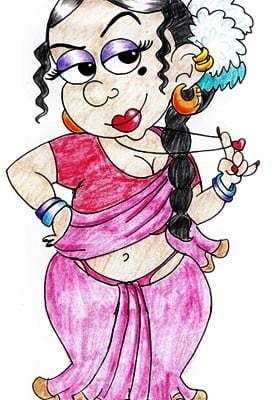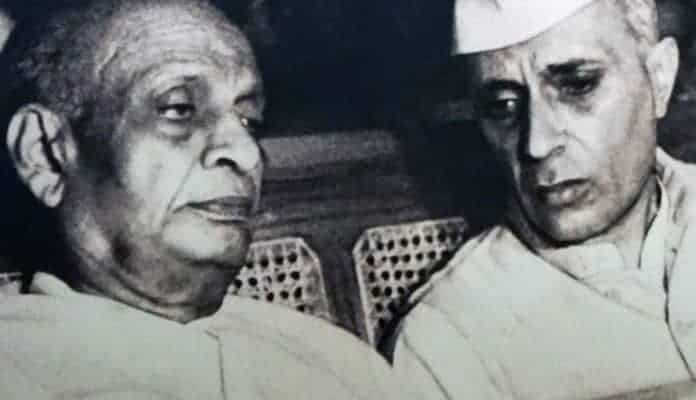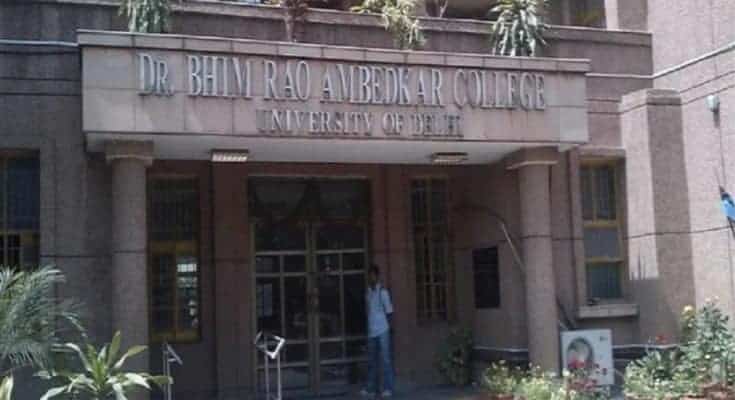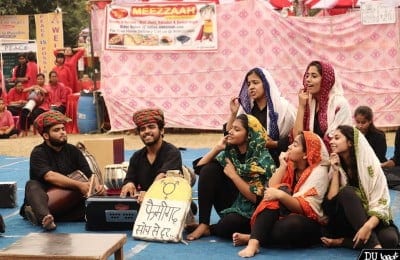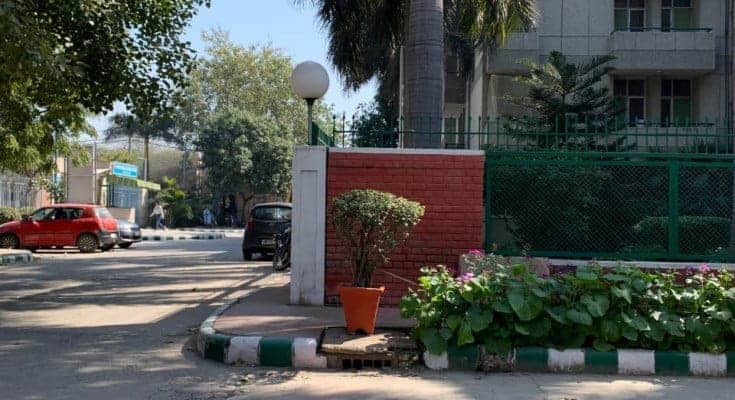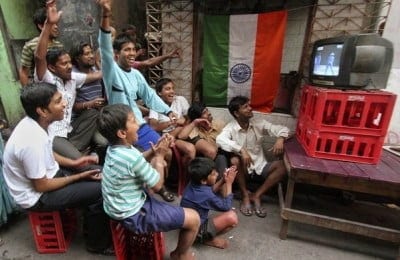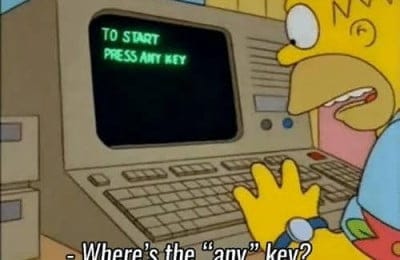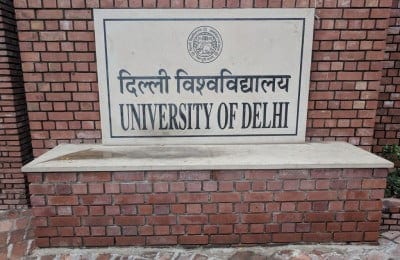With the Indian cricket team having dominated the sport for the last few decades, cricket enjoys a huge audience in the country. But obsession with one entity often leads to the negligence of other entities.
“Why is Connaught Place so empty today? It’s Sunday.” “India are playing Pakistan today. Everyone’s at home.” – overheard while strolling in the Inner Circle last year during the Cricket World Cup.
Players being worshipped as gods, thousands turning up to watch matches, millions across the country watching on television, crackers being burst after wins, effigies and posters being burnt after losses, cricket has surpassed the definition of a mere “game” or a “sport” in the country, cutting across caste and creed and rising to become a significant part of Indian culture. “Everyone wants a piece of them, to touch them, shake their hands, be seen with them, and introduce their kids to them”, is how ex-national team coach John Wright describes the Indian public’s adoration for its cricketers in his book Indian Summers.
With the sport wielding a great deal of power in the country, cricket has become a magnet for money. An enormous amount of money is exchanged between players and brands in the form of sponsorships and endorsements. Companies are ready to part with millions in order to sponsor tournaments and bilateral series’. Vivo bought the title sponsorship of the glamorous Indian Premier League for a whopping 2200 crore rupees. The powerful governing body of Indian cricket, the Board Of Control Of Cricket In India (BCCI) alone is worth in excess of 13000 crore rupees, a huge chunk of it coming from match broadcasting rights.
Pockets filled with money, the BCCI has left no stone unturned in setting up a thriving Indian cricket system, with the organisational structure going down to the grassroots. Thus there is no dearth of talent, and the country’s junior teams produce talented match winners every year. Cricket’s dominance in India has led to the dominance of India in cricket. Both are inter-related and sometimes, gains in the latter also lead to gains in the former.
Though it would be wrong to opine that other sports have a negligible presence across the nation – the country has produced numerous other successful sportspersons in a diverse range of sporting fields in its history – no other sport comes close in terms of the viewership and financial support that cricket enjoys in India. Football is popular in the country, but the majority of viewers tune in to watch European football and not Indian football. Most domestic league matches are played in near-empty stadiums and the national team languishes at 108th in the world rankings.
India’s dismal showings at the Olympics, with a tally of only 2 medals at the 2016 Rio Games, despite being the second most populated country in the world, is a proof of the considerable disparity between cricket and other sports in the country. Hockey, the national game, a sport in which the country tasted a significant amount of success in the last century, has dwindled greatly in popularity, with the national team not having won an Olympic medal since 1980. Sports like tennis, badminton, wrestling, shooting, chess, boxing are popular in many parts of the country but do not enjoy the mass pan-India viewership of cricket. “I have observed that a newspaper usually devotes two whole pages to cricket coverage while other sports are given half a page at the most”, said Urnavo Chakrabarty, a University Of Delhi student and a state level athlete.
Infrastructure significantly affects the progress of a sport. A sport which doesn’t enjoy mass viewership often lacks financial resources, which leads to limited infrastructure and equipment. Raw talent or potential is not enough to compete at the international level and good infrastructure, equipment and coaches are necessary to harvest this potential. As with cricket, the popularity of a sport in a country and the country’s performance in that particular sport are inter-related. The more popular a sport, the more the amount of revenue generated. Money is needed to bolster the cash strapped sports organizations in the country. And going vice versa, continued successes in a sport will assuredly boost its popularity.
There have been numerous initiatives to promote other sports in the country with the conception of franchise leagues, similar to the IPL model, and though many did not pan out successfully, some like the Pro Kabaddi League and the Indian Super League have garnered considerable – if not mass – popularity and are a step in the right direction.
The obsession of the country’s public with cricket is not to be seen in a negative light, but this obsession should not act as a detriment to other sports. Other sports are equally interesting if advertised properly and if cricket can enjoy mass support and success, so can any other sport.
It would be a refreshing change to enquire about the emptiness of Connaught Place on a Sunday, and be told that it’s because the Indian hockey team is playing an Olympic final.
Featured Image Credits – ESPN CricInfo
Araba Kongbam
[email protected]

